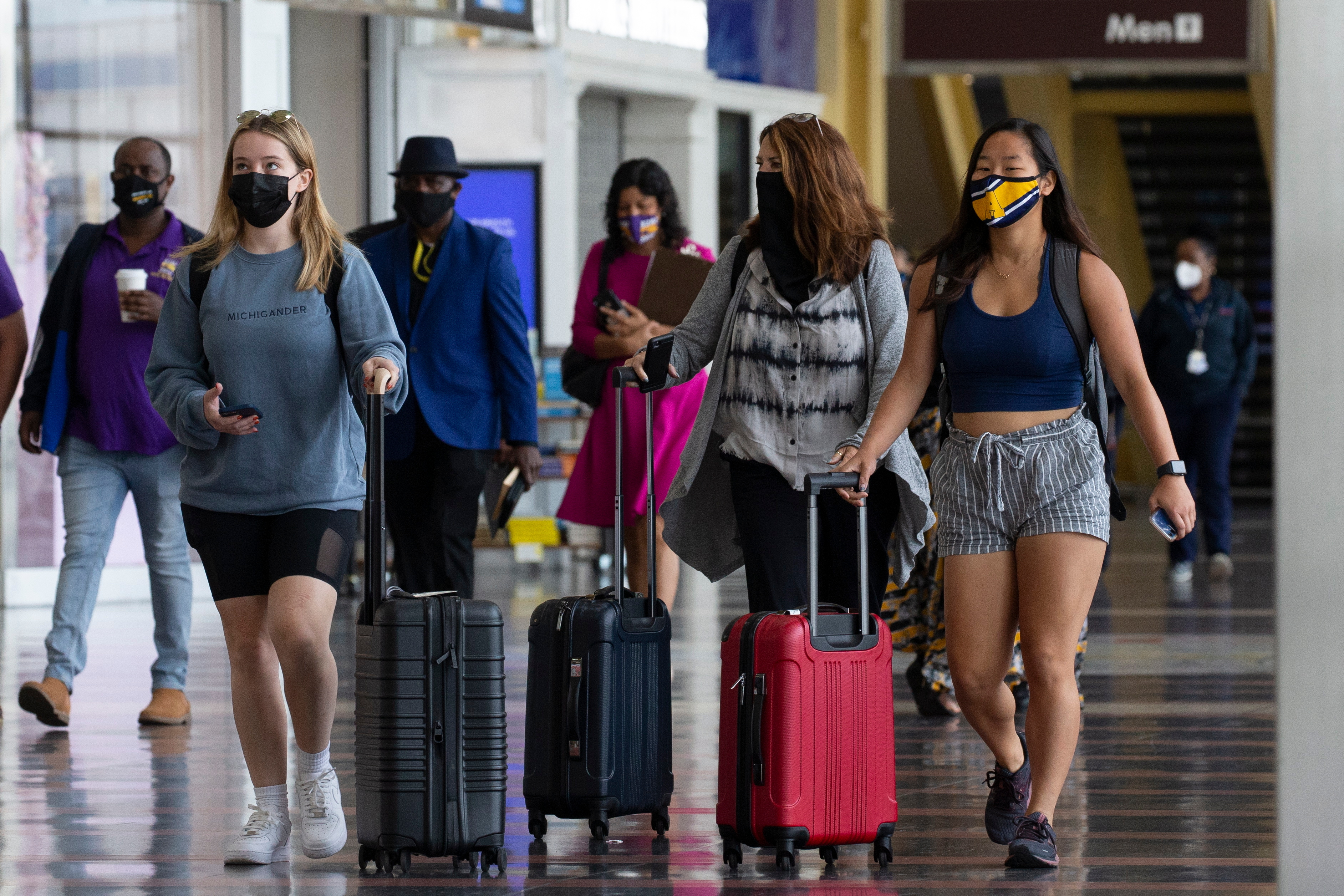:quality(85)/cloudfront-us-east-1.images.arcpublishing.com/infobae/3KL36GT2JJASPBVGH6YLH46PAE.png 420w)
After a boom in the midst of the pandemic, e-commerce has changed its habits slightly since quarantine and the restrictive measures of the pandemic have eased, but e-commerce continues to consolidate as one of the main sales channels.
E-commerce in Argentina grew 68% compared to the previous year in 2021, with sales amounting to 1.52 billion pesos (1.05 billion dollars). This figure comes from the annual study of e-commerce in Argentina conducted by Kantar Insights of the Argentine Chamber of Electronic Commerce (CACE).
According to the survey, 684,459 new buyers were added in 2021, reaching a total of 270 million online shoppers. And even after two years since the pandemic began, the percentage of users who make daily purchases remains.
However, due to the opening after quarantine, shoppers changed the frequency of purchases.
- People who occasionally buy less than two or three months have started to engage more; it has increased from 36% in 2020 to 42% in 2021.
- Daily products purchased from once a week to once a month have increased to 20% (from 19% in 2020); most of them have a high socioeconomic status (ABC1/c”) between 35 and 44 years of age and live in AMBA, the region with the highest online offer.
- Regular customers who make weekly purchases have decreased to 38% of total generic products (from 46% in 2020).
This low online activity is explained by a gradual return to in-person activities: In 2021, Argentine online shoppers went out to eat more (18% vs. 6% in 2020), went to watch more movies (10% vs. 6% in 2020) and visited more physical stores to buy shoes and clothing (17% versus 11% in 2020).
“The activities that were less carried out in the second half of 2021 were buying food or food on the Internet, buying shoes or clothing, watching TV or movies on demand, and conducting online banking operations.” The report emphasized.
“In 2021, shopping began to be more interspersed with the offline world. The people who first entered e-commerce were the ones with the highest socioeconomic levels.And those who were freed from more necessity during the pandemic,” said Eugenia Ardura, head of the Kantar account.
The five items with the highest turnover are:
- Audio, image, console, IT and telephony equipment (61% year-on-year increase)
- Food, beverage and cleaning products (51%)
- Houseware, furniture and decoration (66%)
- Tickets and sightseeing (293%)
- White and brown appliances (66%)
In 2021, it has also grown in some areas above average for some categories that are consolidated after the pandemic, including tickets for shows and events (501%), non-sports clothing (102%) and accessories for cars, motorcycles and other vehicles (100%).
Gustavo Sambucetti, director of the institution at Cace, said: “Although the growth in 2021 was more modest than the previous year, in addition to gradually returning to normal, we can see that Argentine consumers have incorporated e-commerce as a habit, alternating with physical buildings.
Management emphasized that e-commerce already accounts for more than 10% of sales in 60% of companies surveyed. And so is the growth of the tourism sector after restrictions caused by the pandemic. “We saw almost 300% growth driven by Previaje, and we hope that growth will continue to develop.” He said.
Credit cards remain the primary payment method chosen by users (76%), followed by cash (11%) and debit cards (7%). E-wallets and bank transfers complete the mix (5%).

As in the previous year, the courier remains the main delivery option for the products, which is 55% of the total (56% in 2020). Then the withdrawal at the point of sale (37% vs. 35% in 2020) follows, withdrawals at the branch remain the same, and 5% choose according to what the company consulted mentions. Finally, there is a courier through a fast courier, in which 2% and 1% of buyers cooperate directly with the seller.
During 2021, 35% of companies opened exclusive deposits for digital channels.The report states, “This has improved delivery times, among other policies, especially in AMBA, where 23% of purchases are shipped the same day and 50% or more are delivered within 48 hours.” I explained that.
Alberto Calvo, President of Cace, said: “The ecosystem reflects our efforts, creating more and more professional industries and creating increasingly happy consumers. 99% of respondents said they were happy with their online shopping experience.
Keep reading:
